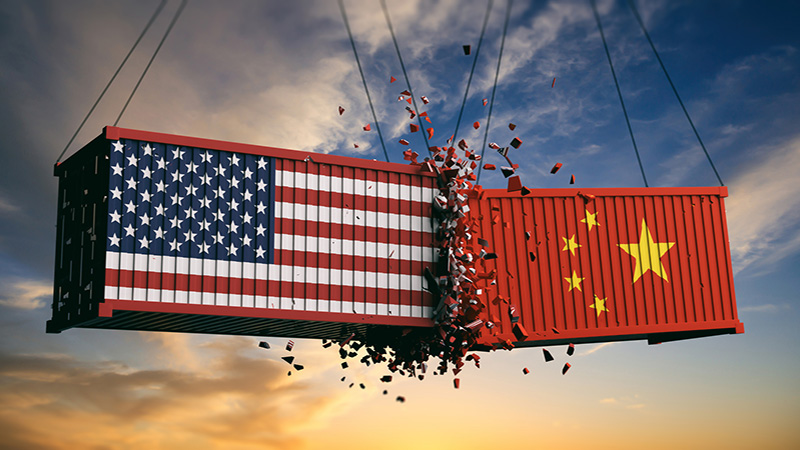Markets have climbed on the joint announcement from the US and China’s of a breakthrough in trade talks.
Both sides will cut the levies placed on the other’s goods for a 90-day period, starting on Wednesday (14 May). US tariffs on Chinese imports will fall to 30%, while Chinese tariffs on US goods drop to 10%.
“This shows significant progress from both sides to improve the relationship between the two largest economies in the world and markets are happy about it,” Daniela Sabin Hathorn, senior market analyst at Capital.com, said.
See also: Tariffs mask an inconvenient and uncomfortable truth
S&P 500 futures are up almost 3%, with the progress over the weekend lifting another layer of tariff uncertainty. Meanwhile, the FTSE 100 jumped on opening and has settled around 8,594 points, a rise of 0.5% on the day.
“There is still work to be done to reach a formal agreement and deterioration could happen,” Hathorn added. “Markets seem to be aware of this as the equities have come off their highs a bit after the initial reaction. It is likely that more positive sentiment drives the momentum higher once the US traders come online, but some caution may remain despite the optimism.”
Stuart Rumble, head of investment directing, Asia Pacific, at Fidelity International, said although the reductions are temporary, they represent a notable shift in the overall effective tariff burden.
“The high US-China tariff regime has already caused major disruption, reducing bilateral trade between the world’s two largest economies and increasing the risk of a broader global slowdown. While neither economy is currently near a breaking point, a meaningful reduction in overall tariffs helps ease that risk.
“The US administration is likely to continue supporting demand through extended tax relief and other fiscal measures aimed at supporting household spending.
“China, having spent years preparing for renewed trade tensions by reducing reliance on US exports, also retains the capacity to expand domestic stimulus. These developments, coupled with lower trade barriers, should be supportive for both equity and credit markets.”
PA LIVE: Alternatives as a diversifier
However, Rumble noted that even with these tariff cuts, much of the shift in global trade flows has already begun, with the decline in direct US-China trade driving increased rerouting through Southeast Asia and other so-called third countries.
“Lastly, while encouraging, this development perhaps should be seen by investors as an easing of tensions within a broader, long-term shift in the US-China relationship towards greater self-sufficiency.”
This story was written by our sister title, Portfolio Adviser








